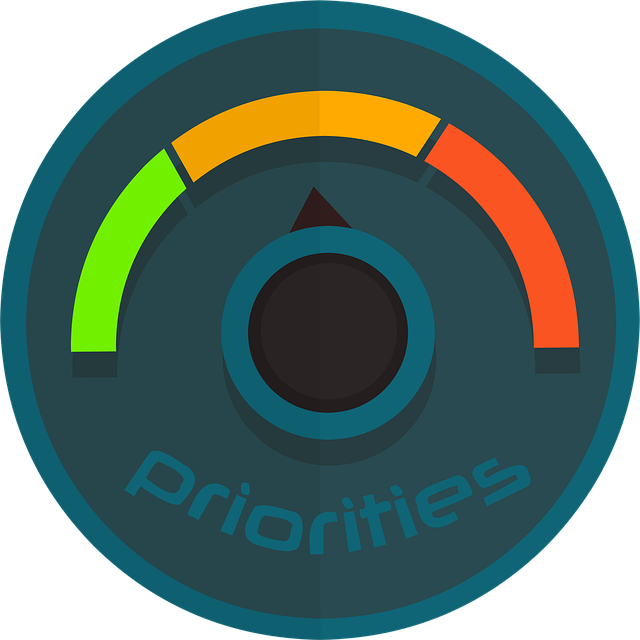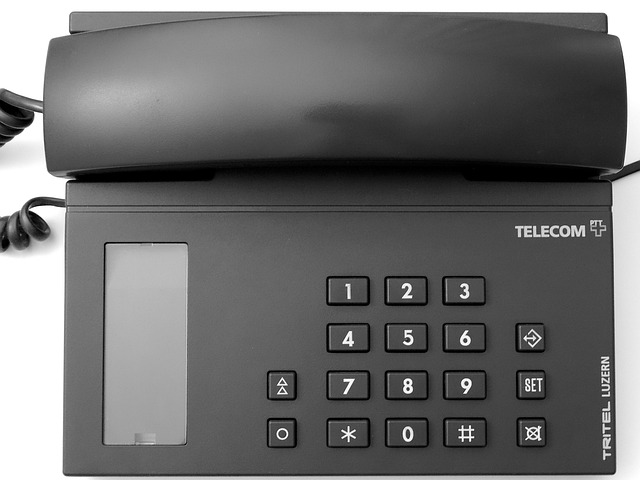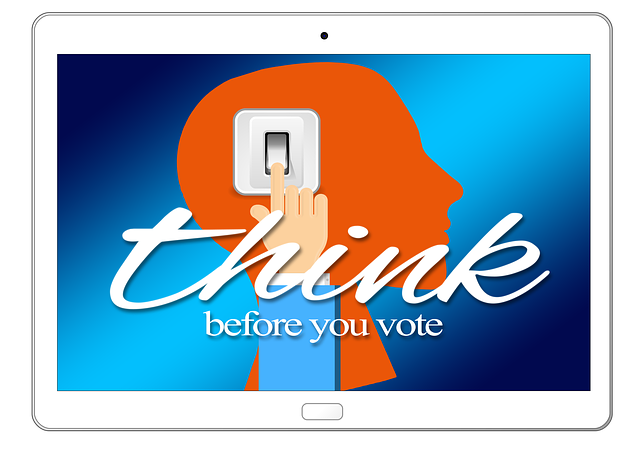Bus seat maps aid passengers in choosing seats on specific routes, especially in urban areas with congestion. These tools show row numbers and seats per row, helping travelers optimize journeys. Bus designs vary, from school buses to city transit buses and specialized coaches, each with unique seating arrangements. Using seat maps allows passengers to select suitable seats based on personal needs, enhancing comfort and efficiency. Interactive digital maps, leveraging real-time data, offer up-to-minute journey information for a better passenger experience. In today's digital age, transportation providers use these tools to revolutionize travel planning, especially for sightseeing and long-distance buses.
Discover the power of bus seat maps in enhancing your travel experience! This comprehensive guide explores everything from understanding basic seat map layouts to the technology behind dynamic routing. We delve into various seating arrangements across different types of buses and highlight benefits for passengers. Learn how effective visualizations, interactive maps, and cutting-edge tech revolutionize navigation, offering a seamless journey. Choose the right select buses armed with these insights, ensuring a comfortable and informed ride.
- Understanding Bus Seat Maps: A Basic Guide
- Types of Buses and Their Seating Arrangements
- Benefits of Using Seat Maps for Passengers
- Designing Effective Bus Seat Map Visualizations
- Technology Behind Dynamic Bus Routing & Maps
- Enhancing Passenger Experience with Interactive Maps
Understanding Bus Seat Maps: A Basic Guide

Understanding Bus Seat Maps: A Basic Guide
Bus seat maps are an essential tool for both regular commuters and travelers, offering a visual representation of where seats are located on a specific bus route. When selecting buses, especially in urban areas with dense traffic, these maps help passengers make informed decisions about their seating preferences and ensure they arrive at their destinations comfortably. They typically display the number of rows and seats per row, making it easy to navigate and find your place.
For instance, airport shuttle buses, which are a critical component of sustainable transportation, often come equipped with detailed seat maps. This allows passengers to avoid no-park zones for buses and plan their trips accordingly. By understanding bus seat maps, you can optimize your travel experience, ensuring a smoother journey regardless of the distance traveled.
Types of Buses and Their Seating Arrangements

Buses vary greatly in size, design, and purpose, leading to a diverse range of seating arrangements. When considering select buses for specific needs, understanding these variations is key. School buses, for instance, often feature rows of seats facing each other, promoting dialogue among students, while city transit buses prioritize efficiency with high-back seats arranged in a U-shape, allowing easier access and boarding.
For specialized transportation like group bus bookings for bus tours to mountains, larger coaches with reclining seats and ample legroom are preferred. These vehicles cater to longer trips, ensuring passenger comfort during scenic adventures. Even defensive driving courses can benefit from well-designed bus seat maps, focusing on safety features and driver visibility. Bus auction houses often highlight these details, making it easier for buyers to envision diverse seating arrangements tailored to various travel scenarios.
Benefits of Using Seat Maps for Passengers

Using seat maps for passengers on select buses offers numerous advantages that enhance their overall travel experience. These visual aids provide a clear view of available seating arrangements, enabling passengers to make informed decisions about where to sit based on personal preferences and comfort levels. For instance, families with young children might opt for aisle seats for easier access, while business travelers could choose window seats to stay connected or enjoy the scenery.
Furthermore, seat maps are invaluable for managing expectations regarding onboard amenities like airport shuttle buses, sightseeing buses, and even the availability of onboard meals and snacks. By checking the map before boarding, passengers can quickly assess their proximity to designated areas for these services, ensuring a more comfortable and efficient journey. This proactive approach also helps in reducing confusion, especially on crowded routes, making travel smoother and more enjoyable for everyone.
Designing Effective Bus Seat Map Visualizations

Effective bus seat map visualizations are crucial for enhancing passenger experience and operational efficiency. When designing these maps, the goal is to create a clear, intuitive, and visually appealing representation of the bus interior. Start by selecting buses with diverse layouts to cater to various needs, from customized school buses to cheap bus bodies available through auction houses. This ensures that the map accurately reflects real-world scenarios, making it easier for passengers to navigate and locate their seats.
Incorporating interactive elements can further improve the visualization. For instance, allowing users to zoom in on specific sections or view customizable school bus layouts enables them to make informed decisions about seating preferences. Additionally, highlighting popular routes or areas of interest within the bus can be beneficial, especially when promoting bus deals and promotions. This strategic design approach not only simplifies seat selection but also contributes to a more comfortable and enjoyable journey for all passengers.
Technology Behind Dynamic Bus Routing & Maps

The technology behind dynamic bus routing and seat maps has revolutionized public transportation. With real-time data analysis, select buses can optimize their routes based on passenger demand, reducing congestion and wait times. This innovative approach leverages cutting-edge GPS tracking and smart algorithms to ensure efficient trips. As a result, commuters enjoy faster commutes and more predictable schedules.
Additionally, modern bus seat maps offer interactive digital displays, providing passengers with up-to-the-minute information on their journey. These maps not only show the current location of buses but also predict arrival times at various stops, enhancing the overall passenger experience. Moreover, integrating vegan bus food options and showcasing innovative bus interior designs can make trips more enjoyable, while electric bus technologies contribute to a greener future, aligning with sustainability goals.
Enhancing Passenger Experience with Interactive Maps

In today’s digital era, enhancing passenger experiences has become a top priority for transportation providers, especially when it comes to highway bus services and sightseeing buses. One innovative way to achieve this is through interactive bus seat maps. These dynamic tools allow potential travelers to ‘dive into’ their journey before even boarding. By providing detailed information about each seat’s location and available amenities, passengers can make informed decisions while packing for bus trips, ensuring a comfortable and enjoyable ride.
Interactive maps offer a unique advantage by visualizing the entire vehicle, enabling users to navigate and select their preferred seating options. This feature is particularly beneficial for those who wish to avoid crowded areas or have specific requirements. With just a few clicks, passengers can explore different routes within sightseeing buses or even select seats in luxurious long-distance coaches, revolutionizing how we perceive and plan our travel experiences.
Bus seat maps are a game-changer in public transportation, offering passengers a clear view of seating arrangements and helping them make informed decisions. By understanding different bus types and their unique seating structures, travelers can easily navigate and choose their ideal spots. Through interactive and dynamic map technologies, commuters can enhance their journey, ensuring comfort and convenience. When selecting buses, seat maps provide valuable insights, allowing folks to embrace a smoother, more efficient travel experience.
